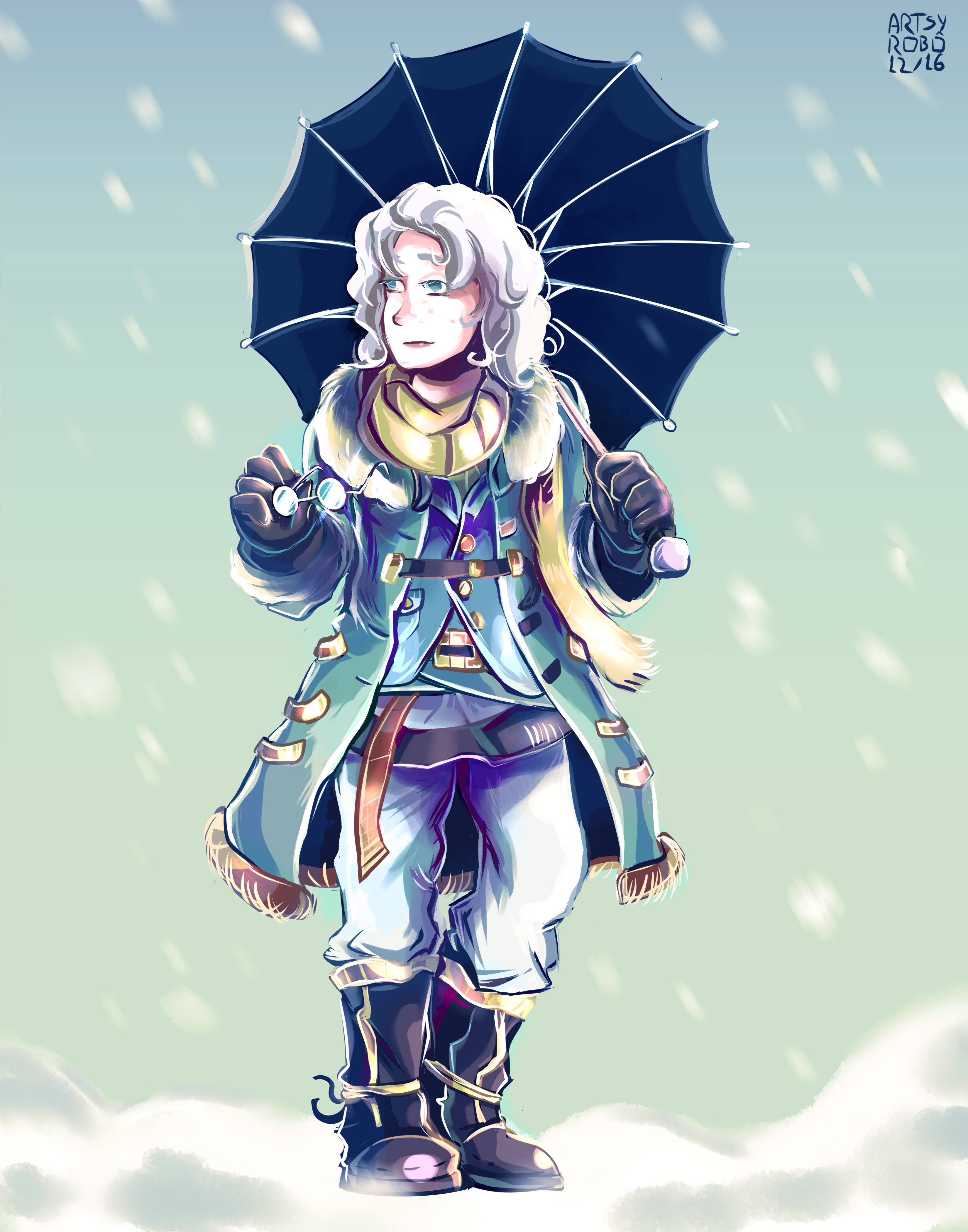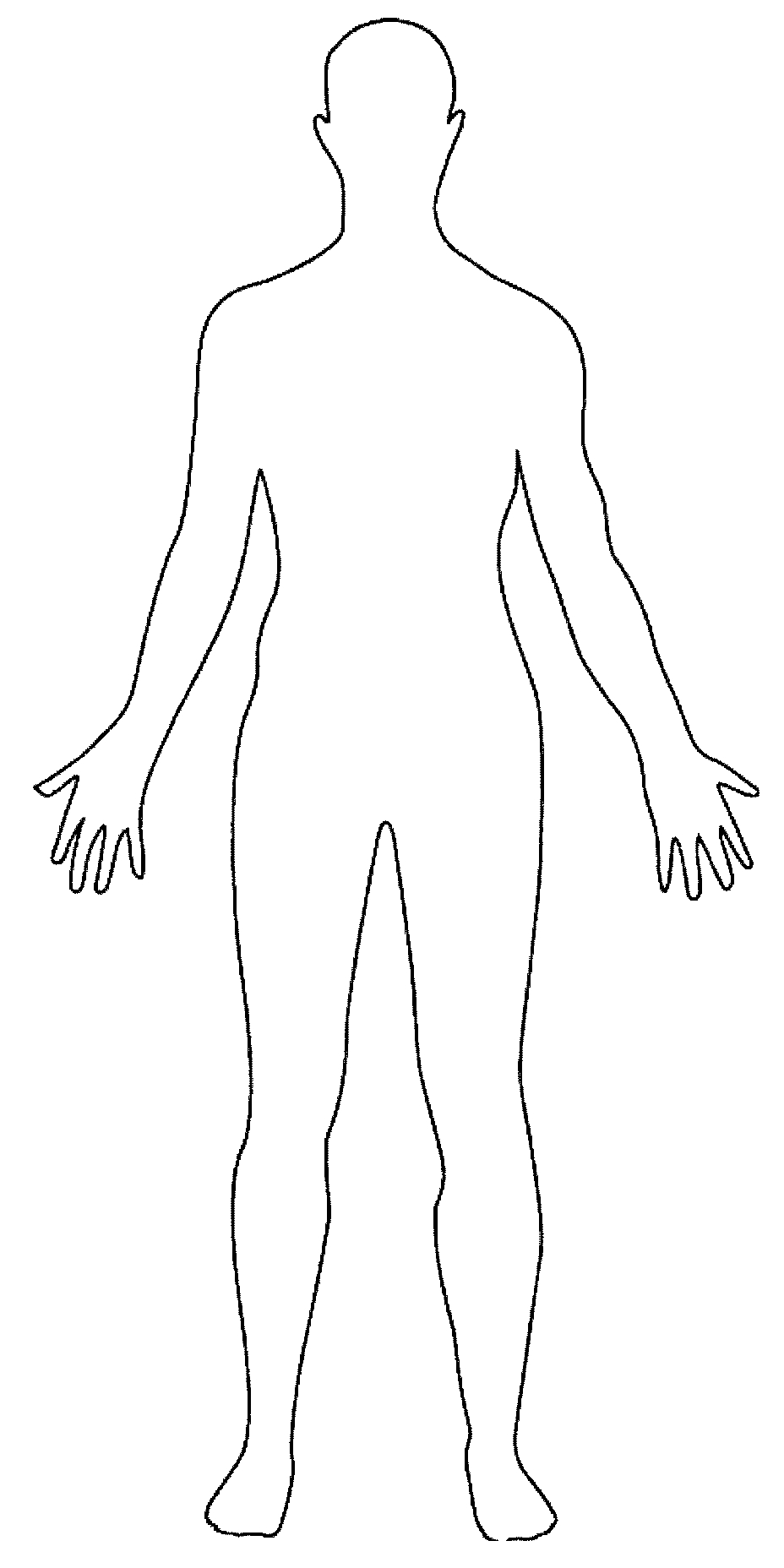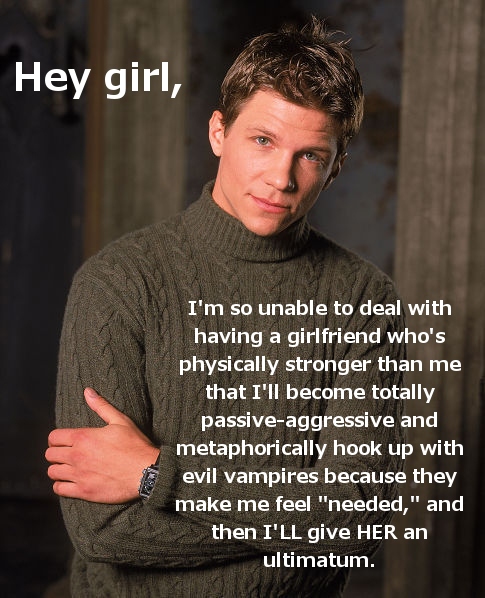When I heard about Sharyn November’s blog tour celebrating Diana Wynne Jones (take the tour here – I highly recommend it), and I heard it was open for submissions, I knew I would have to participate. The dates available at this point were in early May, when I would be just recovering from a whirlwind trip through two states, but this was two steps below unimportant. This celebration is bigger than that. Diana Wynne Jones was a phenomenally talented woman who was also tremendously kind.
To prove the former description, one needs look no further than any of her books. Even those widely considered not to be her best still contain wonders. DWJ seemed to work with a different toolbox than other writers – one equipped with the best turns of phrase, the most memorable scenes, the funniest jokes, and – perhaps most of all – the most lifelike characters. DWJ seemed to be capable of writing only complex characters, making them wrenchingly sympathetic or otherworldly and inhuman as their stations demanded, but always making them just who they ought to be – who they need to be. Her storytelling creates people who seem inevitably themselves.
Indeed, I have always found DWJ’s characters to be so much livelier than most authors’ that it suggests she created them in some entirely different way. Many people have heard some variation of the story of a master sculptor whose secret turns out, to the horror of all, to consist of making her works out of real people covered in plaster. This, with a less macabre spin, has always been my impression of DWJ’s methods. While most writers are trying to put together characters who seem lifelike, here is an author who simply locates the appropriate people (“people” in a general sense, one that includes centaurs, robots, and ghosts) and pops them into her stories. (Once there, of course, they thrive considerably better than the plaster-coated victims of our mad sculptor.)
Some of this may be DWJ’s well-known habit of basing characters on real people, but if basis on a real person were all it took to create fabulous characters, then every biography ever written would be a breathtaking work of genius. Due credit must be given to the empathy and consideration DWJ needed to tell us just the things about a person that made that person real – and not just real, but someone you felt was your friend, or found deeply frightening, or rather wished would marry you. (I’ve been waiting since I was eight years old, Howl, you dog.)
As to Diana Wynne Jones’ kindness, I am lucky enough to have experienced it personally in the summer of 2007. I had sent her fan letters – one of the things I’m most glad to have done – and she responded, which fact caused me almost life-threatening levels of excitement and gratitude. Then, realizing that my summer study-abroad in Bath was only twelve miles from DWJ’s home in Bristol, I wrote to ask whether I might take her out to lunch or basically meet her in any possible way. I seriously considered offering to clean her house, if that would get me within squee-ing distance of my favorite author of all time. In the end, I had the sense not to go that far, but was still terrified I had crossed a line into creepyland. Upon reaching my study-abroad housing in Bath, I found a letter waiting for me. Diana Wynne Jones had written to say that I “must come to tea.”
I wrote a description of my visit on the day it occurred, my whole body still vibrating slightly with excitement as I typed it, and that description appears in my post on DWJ’s death. So I won’t reiterate the whole experience, but I will say that it was one of the most thrilling afternoons of my life. It was, like the reply letters she sent me, personal. This was not DWJ putting on her “graciously receiving another rabid fan” face, signing a few books, smiling and nodding while I gushed about my love for her work. This was a woman who engaged with me – a twenty-one-year-old American who might or might not have squeaked audibly when she opened the front door.
But then, why should I be surprised? Because Diana Wynne Jones engaged with people all the time. Indeed, she still does, because that is how books work. Even after her death, Diana Wynne Jones can tell you a story. And each of her stories glows with another level of kindness – one that says, “Children of divorced parents, victims of war, neglected kids, people who are sometimes selfish or stubborn – they are worth writing about and worth reading about. They are whole people, not just the shadows of their experiences.” Her elevation of all kinds of characters – not to reverent heights, but to the status of full individuals – puts me in mind of the inscription on the Statue of Liberty:
“Give me your tired, your poor,
Your huddled masses, yearning to breath free,
The wretched refuse of your teeming shore,
Send these, the homeless, tempest tossed,
I lift my lamp beside the golden door.”
Diana Wynne Jones often wrote about people who were poor. She wrote about people who were tired, who had been through wars and suffering and familial misery. She wrote about them with truth, sympathy, and love, and she raised her own lamp: hope, both for the characters and for readers who empathized with them.
***************
Well, would you look at that. I came to this thinking I would write a bit about my favorite Diana Wynne Jones book, Howl’s Moving Castle. I would confess how, in my early readings, I thought Wales was another made-up fantasy place that just happened to rather resemble our world. I would tell the story of my admitting to DWJ my crush on Howl, at which she laughed and then mused that a great number of her readers seemed to develop crushes on either Howl or Chrestomanci – it seemed, in general, to be Howl for the younger set, Chrestomanci for older fans. (I have theories on this related to Howl’s recklessness and Chrestomanci’s relative stability – well, as much stability as a man can have who disappears whenever anyone anywhere says his title three times.) I can really get going on Howl’s Moving Castle. I seem, however, to have equated Diana Wynne Jones with my country’s foremost symbol of freedom, a beacon intended to welcome people to a new place of wondrous possibility. I’m now feeling hard-pressed to top myself.
Part of me thinks I may have gotten carried away, but another part says no, that’s actually quite right. Here’s to Diana Wynne Jones, whose books continue to shine a light in the world for readers everywhere.



